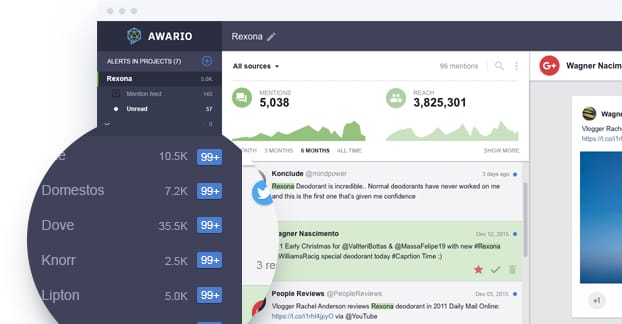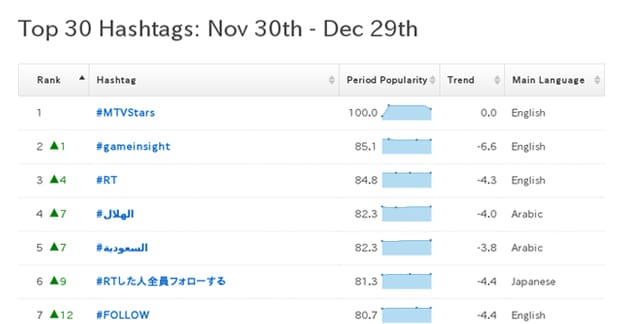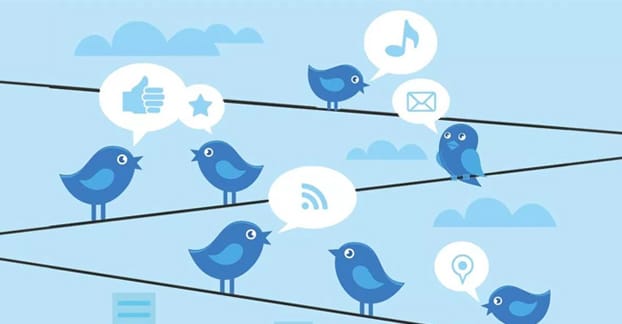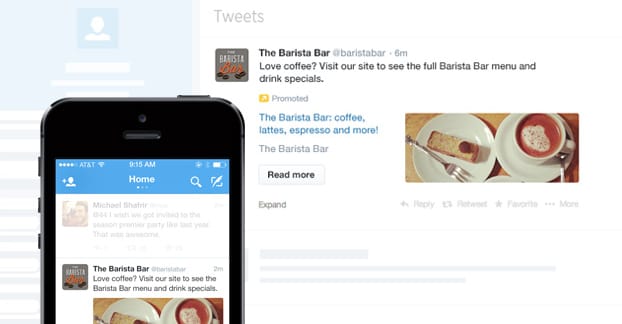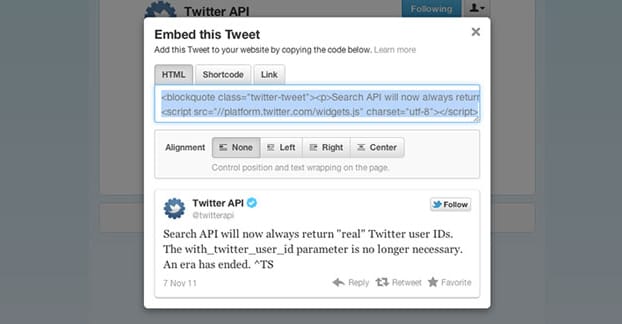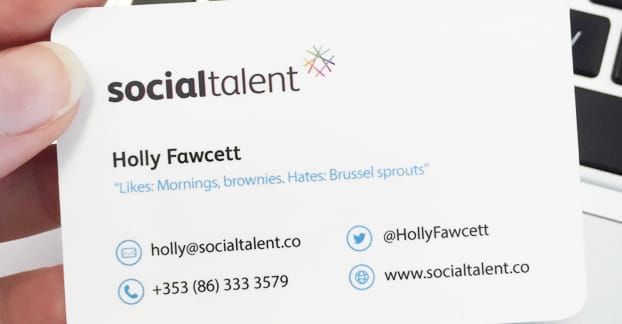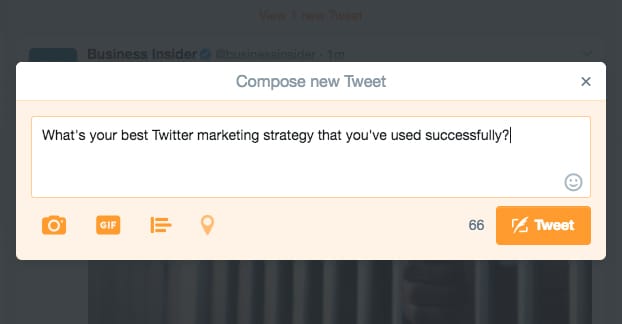One of the best ways to grow a Twitter following is use Twitter ads. However, there are a lot of folks out there who don’t have the budget or the experience necessary to successfully run PPC. I wouldn’t expect a small local venue, a garage band, or a minor nonprofit to invest heavily in ads.
The industry term most people use for cheap or free methods for growth, regardless of platform, is a growth hack. Really what it means is “any technique that’s inexpensive and yet has proven results.” What I’ve listed below is a combination of growth hacks, usage techniques, and tips that will help you put together a brilliant and growing Twitter presence.
One thing you won’t find on this list is abusing variations of follow back Friday, follow for follow, or other follow schemes. These are the free equivalent of buying bot followers from Fiverr, though you’re a little more likely to get someone real following you. They aren’t likely to be interested in you, they just want follows of their own. You’re looking for techniques that will bring in real, engaged followers, because those are the people who will share your posts and grow your brand.
1. Curate Twitter Lists
Twitter lists can help you both by allowing you to create specific curated feeds, and to get the attention of the people you add to them. I recommend a handful of lists; one of news, one of influencers, one of interesting content sources, one of friends, and so forth. Ideally, when you add people to a list, they will find it flattering and will follow you in return.
2. Monitor Brand Mentions
Keep an eye out on Twitter for times when people mention your name.
If it’s positive, thank them. If it’s negative, reach out to them to solve the problem. You can search using Twitter’s advanced search to find brand mentions, or you can use a tool such as the ever-popular Social Mention, though often these tools will be overkill for small brands and can be expensive.
3. Create a Customer Service Account
Twitter is one of the best social media platforms out there when it comes to customer service. It’s easy to set up notifications such that you are notified within minutes when a complaint comes in, and someone on your staff can address it. Of course, something like a small band wouldn’t have need for customer service, but for those who can make use of such an account, it’s generally a good idea to make one.
4. Change Up Your Profile
Your profile should be on brand, with a profile picture, cover photo, description, and color theme that fits what you’re trying to convey. However, within those constraints, you can and should change them up every few months. A different holiday-themed version of your profile picture or a rotating product display on your cover photo can be very good at keeping people visiting your page and keeping it from growing stale.
Using hashtags is a no-brainer on Twitter. It exposes your content to a much wider audience than just the people following you; anyone who searches for those tags or keywords will see it.
The trick is in identifying the right kinds of hashtags to use in your messaging. It’s a complex enough subject that I’m just going to leave a good guide here for you to use.
Obviously, the core of any good Twitter account is the content. One thing I often see with small brands is the assumption that only their own content is worth posting. They don’t share posts from other people, nor do they link to websites other than their own. This leads to a very dull stream, as their content is never enough to support an entire audience, so the audience ignores them, leaves, or doesn’t follow in the first place. You should never be afraid to share content from other accounts. In fact, becoming a hub of curated content is one of the best things you can do.
7. Join Relevant Twitter Chats
Twitter chats are generally industry-centric discussion panels open to the public. You won’t get to really guide the conversation or moderate it unless you’re high profile in your industry, but you can certainly participate. Figure out who in your industry might be running a chat, when they’re scheduling the chat, and what the topic will be. Then you can prepare questions for them or put your experience to work providing answers.
8. Engage with Your Influencer Chain
Everyone has an influencer chain, though most people don’t think about it. Consider the top-tier influencers in your industry; these are at the top of the chain. Go down a step or two and you have influencers who aren’t quite as well known or as followed.
Step down more and you have a few more niche or obscure people. Follow this down to the level where your brand is. Your chain is the ability to work upwards. Engage with your peers and the people a step above you. You can leverage this to grow until that step up is now your peers, and you can engage with the step above them. Repeat this until you are near the top as well.
9. Use a Click to Tweet Plugin
Whenever you write a blog post on your site, you can use a click to tweet plugin to put excerpts and potent quotes in an easy to share space. People will be able to tweet a link to your post and the quote they liked with a single button press. It’s an easy way to get more engagement and more shares on your content.
10. Use Social Sharing Buttons
Social sharing buttons have become a staple for web design. In fact, I defy you to find me a brand with a reasonable presence that doesn’t have any form of social media integration on their website. It’s simply so important these days that you need to implement something. I prefer the Social Warfare suite of buttons, but if you don’t have a budget to spend, you can go with a lesser free option of your choice. There are dozens to choose from, after all.
11. Configure Twitter Website Cards
Twitter cards are important because they determine how your website will appear when a link to it is shared on Twitter itself.
It’s what controls the preview for each page. You can configure them relatively easily, but some of the more advanced tracking and utility that comes along with site cards relies on knowing what you’re doing. Thankfully, Buffer has you covered here.
12. Link to and Notify Influencers
You should often be citing influencers and their quotes, blog posts, and other content in your own blog. When you do, it’s generally a good idea to see if you can get a bit of mileage out of the reference. Many marketers appreciate being linked to, and might follow you or share your content when you notify them. All it takes is a simple tweet, too; “With info from @username, we produced a study about X” points out the link without relying on a direct message.
13. Embed Tweets in Site Content
Much like click to tweet, you can embed tweets in your content that you want to get more exposure. An embedded tweet of a contest can get more eyes on it. When you reference something someone else said, you can embed that tweet.
Though, I caution you when doing that in case it’s something controversial; the original poster might remove the tweet, and with it, your embed. Referencing an embedded tweet that doesn’t exist makes your post less valuable. In those cases, a screenshot will do better.
14. Engage with Current Events and Trends
One sure way to get more eyes on your content is keeping your content relevant. Millions of people on Twitter every day browse the streams of trending content; that’s why it’s trending, and it’s right there on the sidebar. When you use a trending topic or hashtag, you get exposed to some portion of that audience. If any of them engage, it gets you further exposure, in a cycle that can continue to build with each new post.
15. Pin Important Information
Use the pinned tweet as an announcement or general informational tweet. Pin links to flagship content, important notices, or events coming up that you need your audience to know.
16. Practice Valid Tweet Timing
Twitter is a very time-sensitive platform; not everyone goes back hours or days in their feed, particularly when they follow more than a few hundred people. So when should you tweet? Buffer has you covered again.
I’ve seen Twitter usernames on business cards, on print ads, on billboards, on TV, and even over the radio.
Any time you have an opportunity to put a username, do so. Every one will get you more followers eventually.
When you have something you want your users to see, you can share it more than once. HootSuite took this above and beyond normalcy and send the same message over 44 times. That’s overkill for just about everyone, but proof that you can’t really over-do it if you’re keeping it reasonable.
19. Monitor Competitor Problems
Just like monitoring mentions of your brand, you can monitor that of your competitors. When someone complains about an issue they have, you can step in and offer your own product – and a sweet deal – to convert them into your customers instead.
20. Ask Questions
Asking questions invites response. It’s simple human nature to feel as if your opinion is wanted and valid, no matter who you are.
By asking questions in your Twitter posts, you get people to share their opinions, and you can engage with them to bring them into the fold as members of your audience.
21. Run Content Feature Contests
Contests aren’t generally “free” for two reasons; one, the best contest apps cost money to use. Two, if you’re giving away a prize, that prize costs something. If you can swing it, by all means do so, but otherwise you can use your account as the prize. The winner can get exposure when shared by your page.
22. Monitor Incoming Follows and Block Fakes
Occasionally, people will look into your followers. Sometimes they want to follow the people who follow you. Sometimes they want to see what sort of demographics you have. Sometimes they just want to see if you’re full of fakes. To prevent this, monitor when people follow you, and get rid of the obvious fakes. It doesn’t matter if a few slip through, but it’s a good idea to get rid of the most visible.
23. Respond to User Engagement
Twitter isn’t just a one-sided platform. Many of these tips involve trying to gain the attention of people with a larger audience than you; so many people will be trying to gain your attention as someone with a larger audience than theirs. It pays to respond to them, as an influencer yourself, no matter how small.
24. Respond to Large Brand Questions
When a larger brand asks a question of their audience, many people reply. Your answer is not likely to be picked up by the brand itself, but it can gain some exposure amongst other people who are responding. In this way, you can reach the eyes of other people who share your interests, and entice them to check out your profile.
25. Learn Your Engaged Demographics
Every technique above is something you can do effectively just by knowing your own brand or company, but they all get much more effective when you know who your audience is. When you know who you should be targeting, and you know what sorts of things they like, you can be more effective about being a source of information for them. That’s how you hook them.
Have another tip? I’m always open to hearing your own particular Twitter growth hacks.

